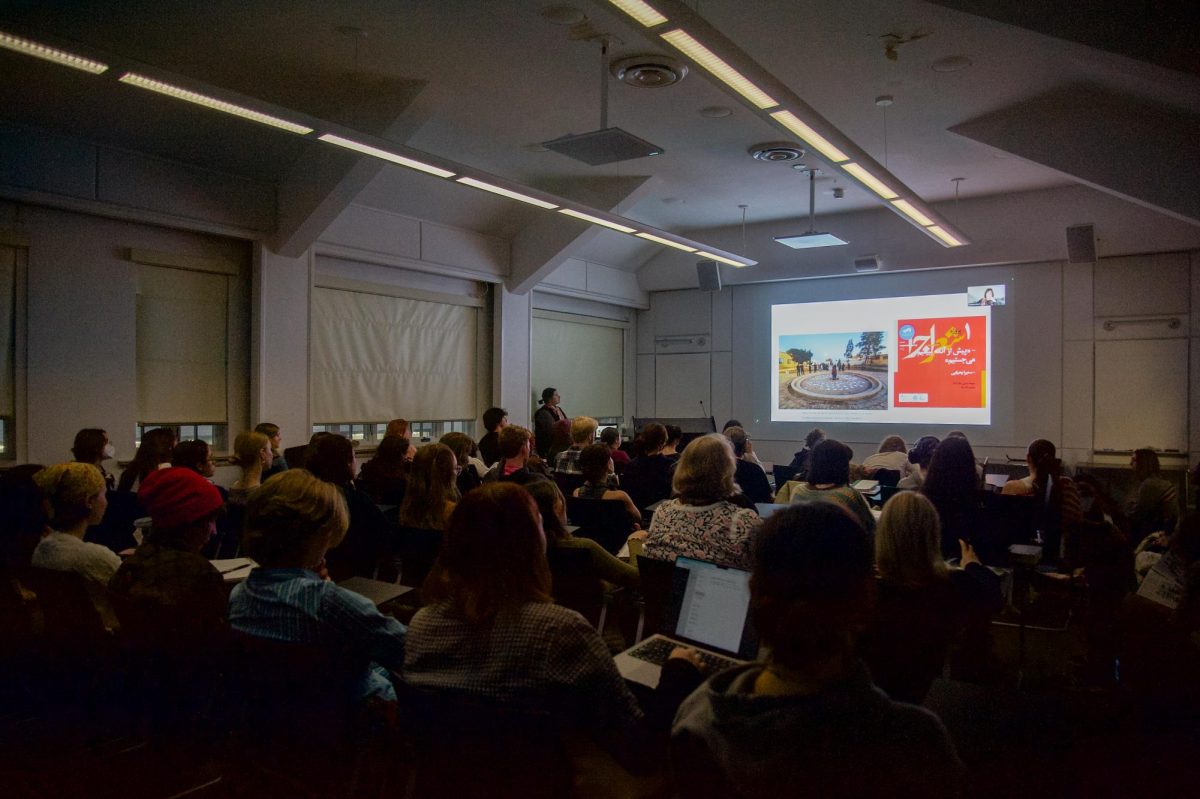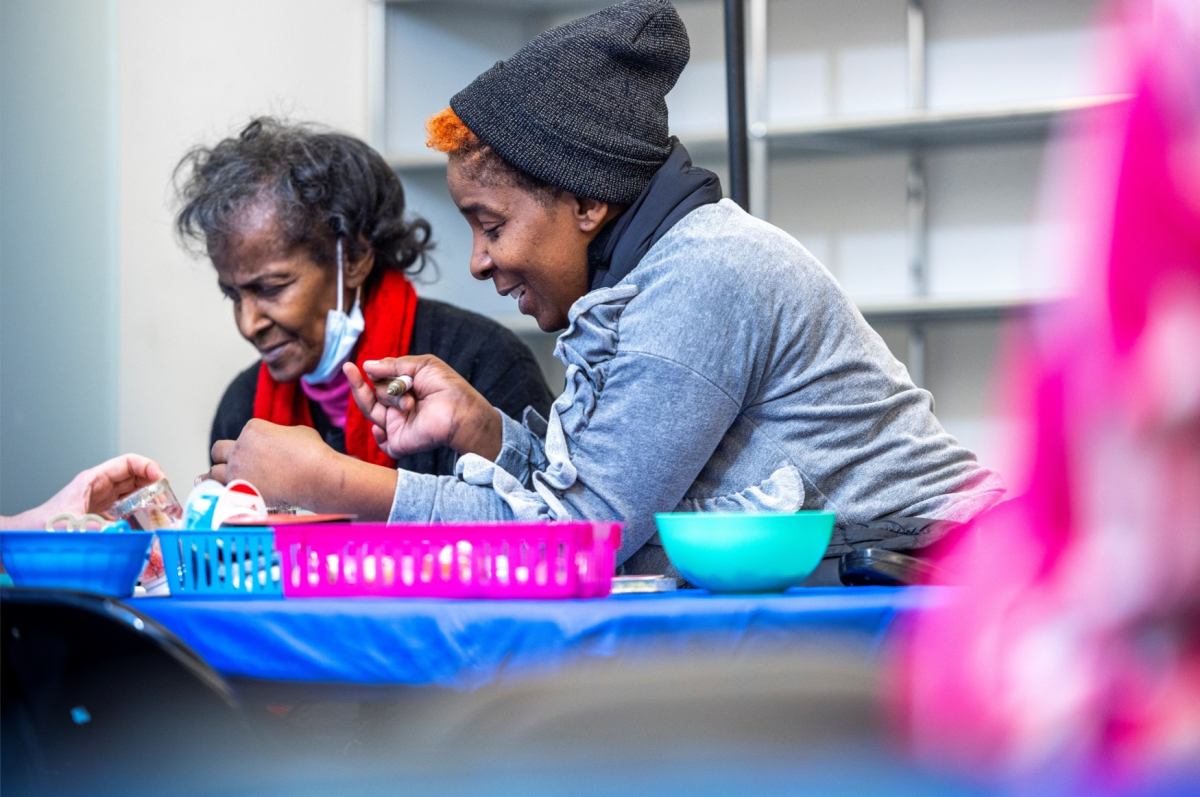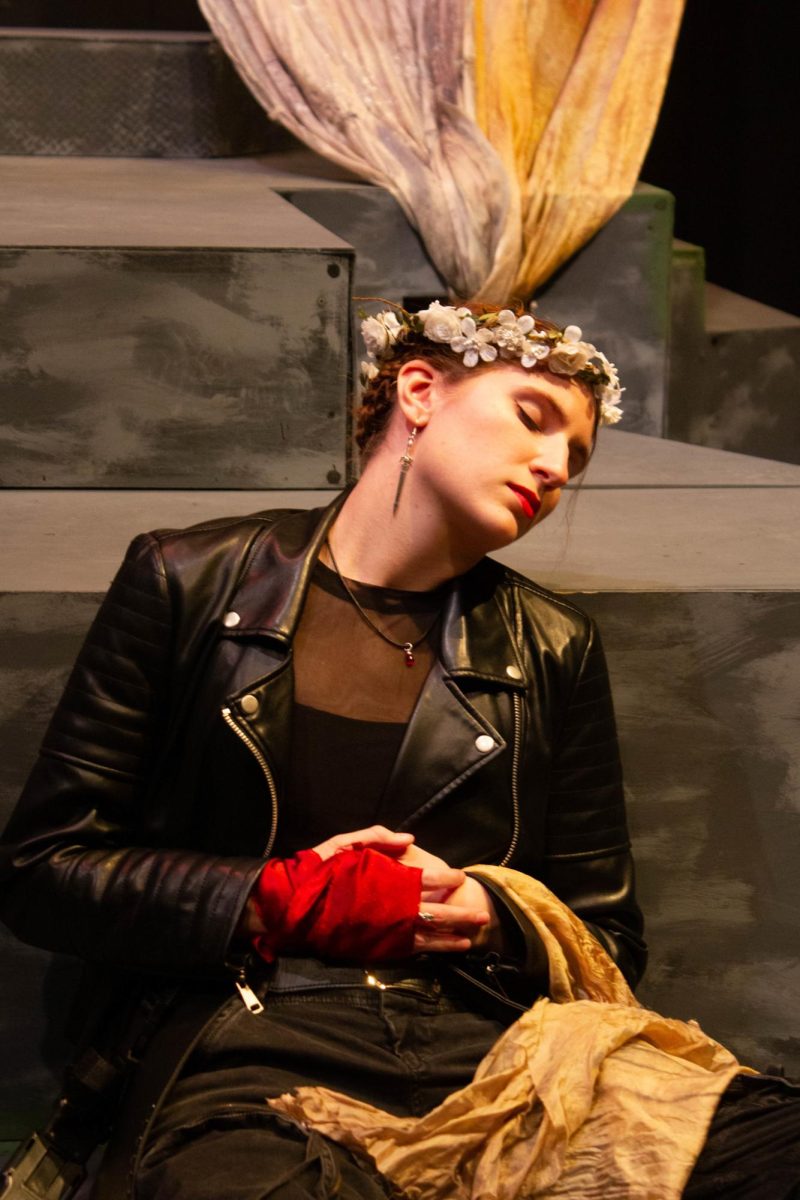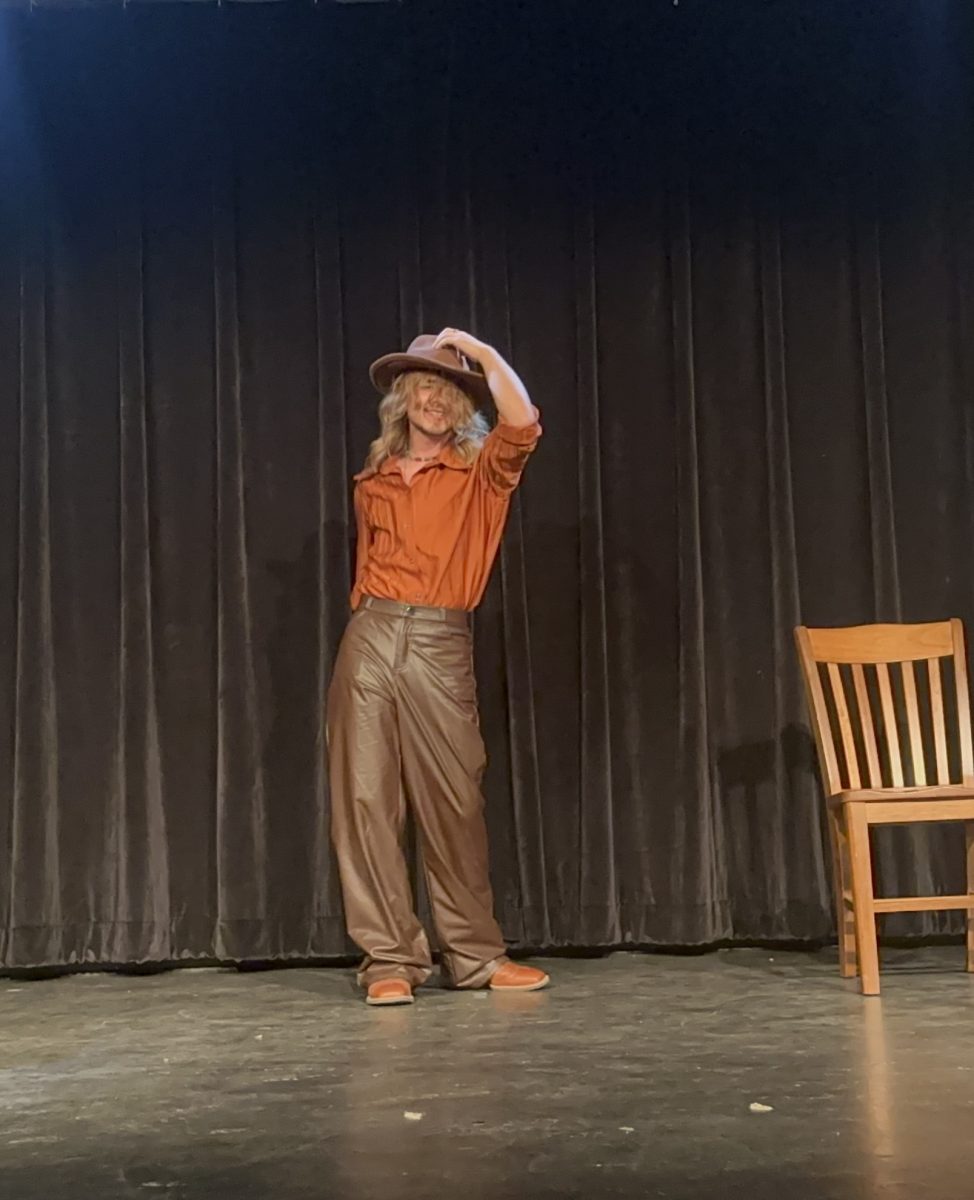On Monday, Nov. 18, the Art History department hosted a lecture presented by Pamela Karimi, Associate Professor of Architecture at Cornell University. Karimi’s presentation focused on her newly published book Women, Art, Freedom: Artists and Street Politics in Iran. The book is an investigation into the art and activism in Iran that has played a crucial role in the Woman, Life, Freedom Movement.
Karimi is a trained architect and a historian of art and architecture with expertise in the modern and the contemporary Middle East. She earned her Ph.D. from MIT’s History, Theory, and Criticism of Art and Architecture program in 2009. Prior to her work at Cornell, Karimi taught at the University of Massachusetts, Dartmouth; Brandeis University; New York University; and Wellesley College.
Karimi’s research is an intersection of architecture, art, environmental studies, and sociopolitical dynamics.
“Karimi’s work fosters a holistic understanding of how physical spaces, environmental factors, and societal forces interact with and shape each other,” her website reads.
The lecture was a perfect blend of all of Karimi’s areas of study — she focused on space and art, and she historicized the pieces of work she analyzed through the perspective of the Woman, Life, Freedom Movement. In her book, Karimi discusses how female artists utilized their bodies and the art to challenge the regime.
In the beginning of her presentation, Karimi read two pages out of her book to provide background and context for her presentation on the 2022–2023 uprising in Iran. During that time, a wave of artistic activism swept through public spaces, universities, and art institutions, and artists risked their safety to create and participate in acts of resistance. This movement did not come out of nowhere — art had been utilized as a means of quiet rebellion and expression for a long time. A wide array of these artworks are available in Karimi’s earlier book, Alternative Iran: Contemporary Art and Critical Spatial Practice.
Some of the context provided included the tragic murder of Mahsa Amini and how Iranian women took to the street to protest in large numbers. Bodies, and the space that these bodies take up, were the focus of these protests — women dancing, spinning their headscarves. The concept of women’s presence in public spaces has been a main characteristic of the revolution, with art playing a significant role in women’s political activism.
However, Karimi makes clear that Women, Life, Freedom: Artists and Street Politics in Iran is not the only manifestation of this involvement. For decades, Iranian women artists have engaged in public art as activism. Artists have utilized guerilla-style tactics, such as painting graffiti and occupying empty urban spaces, to highlight their right to the city and to challenge the strict regulations. Despite presenting over Zoom, Karimi ensured audience engagement by including artwork and images throughout the presentation. The presentation highlighted the work of several artists who have questioned and protested limitations of public life for women, demanded freedom of expression through their artwork, and reclaimed the streets and their lives through their creative expression.
Karimi highlighted her role as a professor and how her research has drawn her to activism.
“Sometimes, as professors or scholars, we put on our activist hats because we feel there is an important issue going on in the world that we need to address,” Karimi said. “I thought that it was necessary to write this book, and to publish it in a timely manner, because sometimes these socio-political issues matter so much to us at a certain point in time, but maybe if you wait another 10 years, they won’t be as relevant as they were before.”
Further, Karimi discussed the use of structure in the book as a means of sending a message. The book is divided into acts rather than chapters or sections. Acts are typically associated with theatrical writing, and Karimi applied these principles very intentionally. Acts are generally associated with something evolving or changing. In this case, the uprising is still unfolding on the ground in real time, and Iranian women fighting for their rights is still in process.
The lecture attracted a large audience, with students from all disciplines attending for a variety of reasons. College second-year Sammi Quinn, who attended the lecture for her Public Communication class, focused on Karimi’s use of space throughout the presentation, along with her focus on art and images as a form of activism and communication.
“I thought it was interesting how she emphasized that this movement was reliant on art and images to spread the message,” Quinn said. “This art was a protest in itself because it was easily spread and brought attention to what was going on. Without these visuals, the movement wouldn’t have garnered as much attention and light in public discourse.”
The use of art as protest attracted many students, like College second-year Rachel Allen.
“Karimi’s insights made me realize that although protests can be broken up in person, it is much harder to destroy a physical work of art,” Allen said. “ Especially in the age of cell phones and social media, as soon as the art is produced, it can be spread and captured online”
Karimi’s lecture not only emphasized the power of art in protest and activism, but also served as an inspirational talk for students. Students were left to consider the different ways in which they can use art and creative expression to challenge oppression and amplify their own voices.
The event was presented with support from the Department of Art History’s Baldwin Lectures fund and the department of Comparative Literature.













